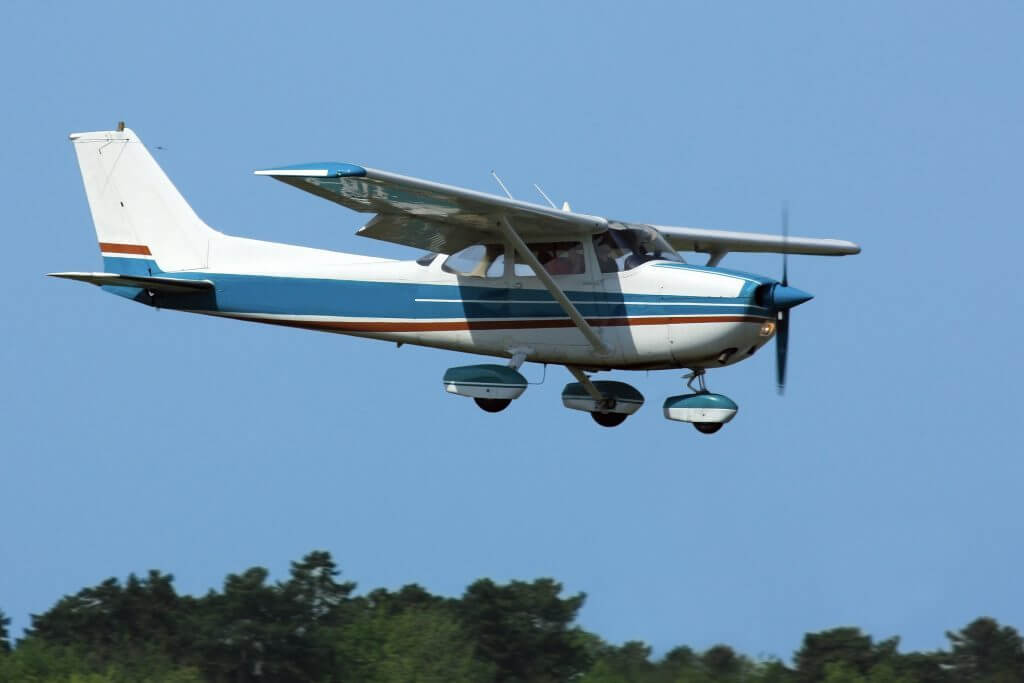
Aircraft owners are some of the most detail-oriented people you’ll ever meet. But even the most experienced, responsible pilot can overlook a simple but critical issue:
Letting an aircraft insurance policy lapse.
Whether it’s due to forgetfulness, a planned gap in flying, or an assumption that “a few days won’t matter,” the result is the same:
A lapsed policy can cost you thousands of dollars in increased premiums—and even worse, it can leave you completely exposed.
In this article, we’re going to break down what happens when your coverage lapses, how underwriters view it, and what you can do to avoid this costly mistake.
What Is a Lapsed Policy?
A lapsed policy occurs when your insurance coverage ends and there is no immediate renewal or replacement policy in place.
That lapse can be as short as one day—or stretch into weeks or months.
Many pilots assume it’s not a big deal:
- “I’m not flying right now.”
- “I’ll renew it when I need it.”
- “It’ll be easy to reinstate.”
But to the insurance market, even a short lapse raises red flags.
How Underwriters View a Lapse in Coverage
Underwriters use continuous coverage as a signal of pilot responsibility.
When you maintain coverage year after year, you’re seen as low-risk. But when your policy lapses—even briefly—you may lose preferred status with some carriers.
Here’s why:
- Lapsed coverage suggests lack of planning or financial instability
- It could indicate gaps in training or flight recency
- It creates uncertainty about why you weren’t insured
Some underwriters will treat a lapsed policy as a new policy, even if you’ve flown the same aircraft for years.
That means:
- Higher base rates
- Fewer eligible carriers
- Loss of prior coverage credits or discounts
Real Example: A 14-Day Gap That Cost $6,300
A Piper Archer owner came to us after forgetting to renew his policy.
He hadn’t flown in a few weeks, figured he’d just pick it up again when he was ready. No claims. No changes.
When we went back to his previous carrier, they declined to offer the same renewal rate. Other markets rated him as a new risk.
His previous premium: $2,850
New quote after the lapse: $9,150
Difference: $6,300
That’s what a 14-day lapse can cost.
You’re Not Covered—Even on the Ground
Another dangerous assumption pilots make is that if they’re not flying, they don’t need coverage.
But aircraft insurance covers:
- Ground handling incidents
- Hail, wind, or flood damage
- Theft or vandalism
- Fuel fires, hangar fires, and more
If your policy has lapsed, you’re on the hook for 100% of any damage that occurs—even if the aircraft never left the ground.
Can You Reinstate a Lapsed Policy?
Sometimes, yes.
If it’s just a few days, and no changes have occurred, your broker may be able to backdate coverage or get you reinstated with the same terms.
But once more than 7–10 days pass, most underwriters will require a brand-new application.
And that means re-underwriting from scratch, potentially at a much higher cost.
Best Practices to Avoid a Lapse
1. Mark Your Calendar
Set a reminder 30–45 days before your policy expires. Give yourself time to review, adjust, and bind coverage.
2. Stay in Contact with Your Broker
Let your broker know if you plan to pause flying or if your aircraft will be stored. There are special lay-up policies that provide protection at lower cost.
3. Don’t Assume Auto-Renewal
Most aviation policies don’t auto-renew. Always confirm.
4. Keep Flying Recency Up
A recent flight or training session helps when reapplying after a lapse. Stale hours make it harder to get favorable terms.
5. Document All Communications
If you’re delaying a renewal, get confirmation from your broker on how that affects coverage and risk.
Why BWI Tracks and Protects Renewal Dates
At BWI, we proactively reach out to clients 45 to 60 days before renewal. We confirm pilot hours, training, aircraft storage, and any changes so we can quote accurately.
We also:
- Monitor underwriter preferences for continuous coverage
- Help you qualify for reinstatement if something gets missed
- Offer policy options even for lapsed coverage—so you can get back in the air
Final Thoughts: Lapses Are Expensive. But Preventable.
In the world of aircraft insurance, timing matters.
Even a short lapse can cost you thousands—or expose you to a ground claim with no coverage.
The good news? It doesn’t have to happen.
Stay ahead of your renewal. Keep your broker in the loop. And if you think your policy has lapsed, call us immediately. The sooner we act, the better your chances of saving money and preserving coverage.
[Request a Policy Review or Reinstatement Quote from BWI Today]
Continue Reading


